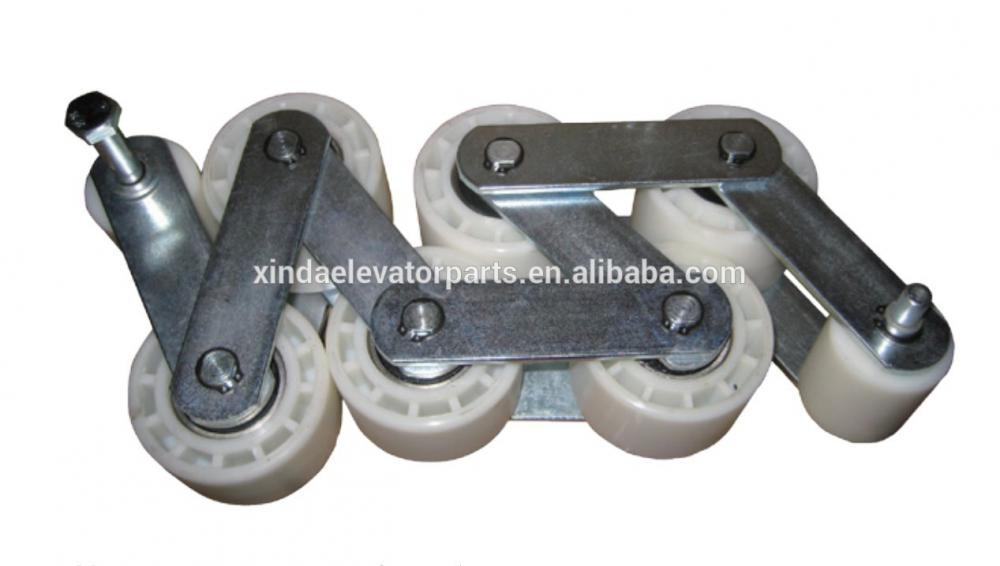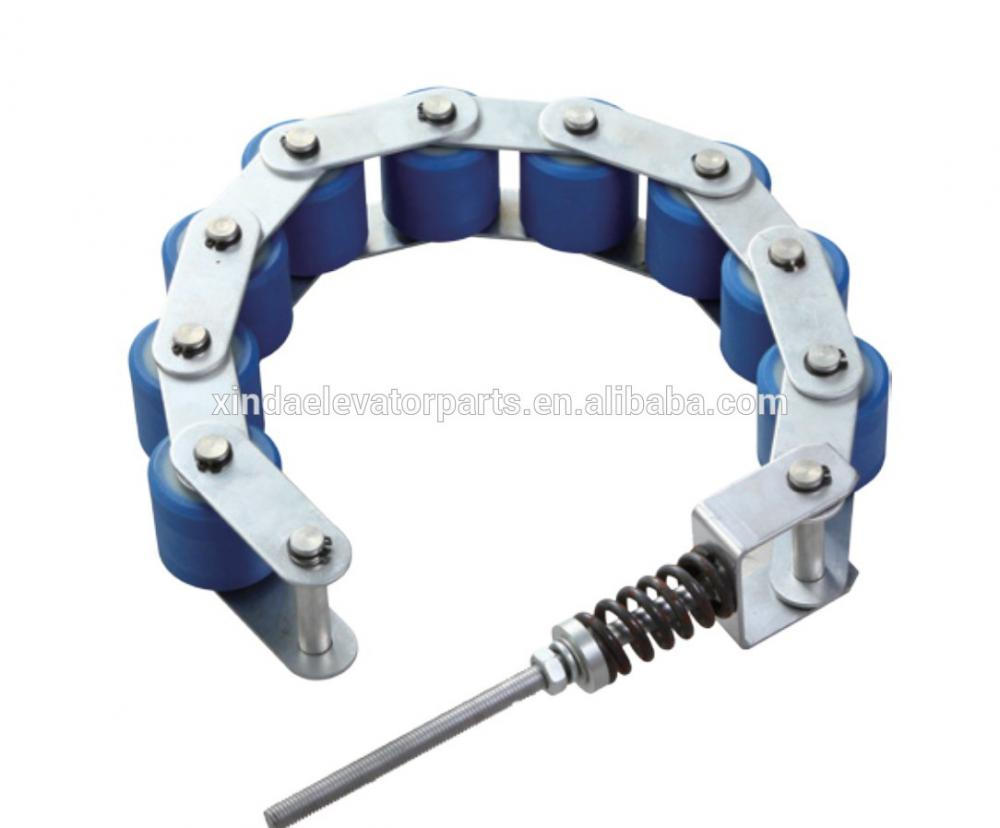Lithium battery life has always been a "difficult" problem for electric vehicles , and the flammable constitution of lithium batteries is also a headache for battery developers. Therefore, the breakthrough in battery technology research has always been a hot topic for everyone, so what technical breakthroughs in November have attracted people's attention? Small series with lithium OFweek grid a look!
1. Super speed aluminum battery is expected to replace lithium ion battery
ITRI ​​and Stanford University have developed a super speed aluminum battery. According to reports, this ultra-speed aluminum battery called "URABat", charging time is only 1 minute, charging and use process, the charging efficiency is always maintained above 98%, and can be recycled 10,000 times.
It is reported that the main material of this ultra-speed aluminum battery is graphite and aluminum, which can be arbitrarily deformed or even damaged without any safety hazard. Compared with lithium batteries, safety is greatly improved.
Some people think that this URABat ultra-speed aluminum battery can replace lithium ion as the leader in the future of rechargeable batteries.
2. New progress in research on graphene flexible supercapacitors in Dalian Institute of Material Science and Technology
In recent years, the concept of flexible electronic products has been continuously proposed, and it is urgent to develop a micro energy storage device with high energy storage density, flexibility, and functional integration that is highly compatible with it.
In the previous research, the research team of the Dalian Institute of Material Science and Technology of the Chinese Academy of Sciences combined the methane plasma reduction technology with the lithography micromachining technology to successfully prepare graphene-based high-power planar micro -supercapacitors .
These flexible, miniaturized supercapacitors show important application prospects for future electronic devices. Therefore, this research has also been funded by the National Youth Thousand Talents Program, the National Key Research and Development Program, the National Natural Science Foundation, and the Natural Science Foundation of Liaoning Province.
3. Progress in research on ternary layered NMC materials for lithium batteries
Professor Pan Feng, a team of the School of New Materials, Peking University Shenzhen Graduate School, recently found through first-principles calculations and experimental verification that the stability of the ternary layered cathode material is related to the most unstable oxygen in the lattice structure, and the oxygen is stable. Sex is determined by its basic coordination unit. Through this model, they systematically revealed the regulation of oxygen stability in the layered materials such as lithium content, transition metal element content and valence state, and Ni/Li reverse defect.
This will provide important clues and theoretical guidance for the optimization of the stability of ternary layered lithium-ion batteries in the future. The above research results are published in full text in the internationally renowned journal "American Chemical Society" (J. Am. Chem. Soc., 2016, 138, 13326, 13334).
4. Nankai University flexible lithium-sulfur battery electrode material made significant progress
Recently, Niu Zhiqiang's research team of Nankai University combined with in-situ composite and metal reduction self-assembly methods to prepare self-supporting flexible graphene/sulfur nanocomposite films. Graphene has a continuous network structure in the composite film, and sulfur is uniformly dispersed in graphene. The continuous network structure of graphene not only provides an effective way for ion and electron transport, but also effectively adsorbs polysulfide and inhibits its dissolution.
5. "Intestinal stimulation" can extend battery life
According to foreign media reports on October 26, researchers working on the development of a new generation of batteries found in the experiment that the finger-like protrusions in the velvet structure inside the human intestine can provide a solution for the problem of easy degradation of conventional batteries.
According to the authors of the study, Dr Paul Coxon from the Department of Materials Science and Metallurgy at the University of Cambridge said that the team used zinc oxide wires to construct a velvety structure similar to the internal structure of the human intestine. When placed on the surface of one of the battery electrodes, the structure can effectively capture the active substance that is about to be lost around, prevent the degradation of the battery, and significantly extend the service life of the battery.
This discovery solves a key technical problem that hinders the rapid development of the new generation of batteries. It is of great significance, but due to the difficulties that need to be overcome, it is still a long time for the battery to be put into mass production.
6. Toyota eliminates lithium battery life, the biggest culprit, 15% increase in battery life
Toyota has worked with a Japanese public laboratory and four universities to find that uneven movement and polymerization of lithium ions in the electrodes is the biggest cause of limiting battery life and battery life. This phenomenon can also cause the battery to overheat.
At present, Toyota has developed a new model battery that can effectively suppress the uneven movement and polymerization of lithium ions in the electrode. This new battery can increase the mileage and battery life of electric vehicles by up to 15%. At the same time, battery safety is also higher.
Unfortunately, Toyota did not say when the new battery will be mass-produced, so it will take longer to see a car with this high-performance battery.
7. American universities developed a lithium battery "perfect replacement"
According to foreign media reports, the scientific team of the Central University of Florida (UCF) has developed a "super battery" that can store more energy. After the traditional lithium battery is charged 1500 times, the performance begins to have different degrees of attenuation, and the performance of this super capacitor can be reduced without using 30,000 times.
According to reports, the supercapacitor developed by the Central University (UCF) team consists of millions of wires that are only a few nanometers in length, each of which is wrapped in two-dimensional materials. Ultra-high conductivity speeds up the movement and transfer of electrons, allowing the battery to charge and discharge ultra-fast. In the future, this type of capacitor can be applied to equipment such as electric vehicles, and it is extremely flexible and can be bent, so it can be combined with wearable devices.
According to reports, the commercialization of super batteries has been around for a while, and this product is more of a new inspiration for battery technology research and development.
8. Beijing Jiaotong University developed high-rate performance nano-rich lithium materials
Linjing Zhang et al. of Beijing Jiaotong University developed a two-step hydrothermal method for synthesizing high-magnification nano-rich lithium materials. The material has good cycle performance and rate performance. The specific capacity at 1C rate can reach 238.7mAh/g. At 10C magnification, the specific capacity is still up to 182.7mAh/g.
Linjing Zhang synthesized Li[Li0.2Ni0.2Mn0.6]O2 material by two-step hydrothermal method. The method mainly consists of two steps. The first step is to synthesize carbon microspheres by hydrothermal method at 180 °C. Template. In the second step of hydrothermal synthesis, lithium and Mn acetate are used as raw materials to synthesize lithium-rich materials at 450 ° C, by adding different amounts of carbon microspheres synthesized in the first step. The morphology of the lithium-rich material Li[Li0.2Ni0.2Mn0.6]O2 is improved, and the added carbon microsphere template is decomposed during the subsequent sintering process, so that no carbon material remains.
9. Northwest University has made many breakthroughs in the application of graphene industrialization
On November 12th, the reporter learned from the graphene preparation technology and industrial application group of Northwest University that the team's many breakthroughs in graphene research and industrialization made it possible to reduce the battery volume and increase the capacity.
The research group realized the mass production of high-performance graphene, and the batch output reached kilograms.
Up to now, the research group has completed the industrial scale-up test of the graphene-modified graphite lithium anode material with a yield of 500 kg. The product performance has reached the national standard high-performance graphite anode material index. At the same time, the laboratory prepared a variety of graphene lithium battery anode materials exceeding 1000mAh / g (milliampere per gram, mass specific capacity unit), in parallel with international research.
The research group is actively building a platform to promote the industrialization of anode materials for graphene lithium batteries with a capacity of close to or greater than 500 Amh/g as soon as possible.
10. Qingdao Energy's progress in high energy density solid state battery research
The team creatively proposed the design concept of “rigid and flexible†polymer electrolyte, innovatively constructed a composite electrolyte material system, and prepared a series of solid polymer electrolyte systems with excellent comprehensive performance, effectively solving various polymer electrolytes. A new type of solid electrolyte key material system has been developed for the problem that performance cannot be balanced.
At present, in the preparation of devices for solid-state single cells, Qingdao Energy Storage Institute has developed a 6Ah large-capacity ternary solid-state lithium battery. The energy density exceeds 250Wh/kg, and the cycle life exceeds 500 laps. After five times of nailing experiments, the solid-state battery does not ignite and explode, the safety performance is excellent, and the voltage is restored after the nail is removed, which once again demonstrates the solid electrolyte. Good self-healing performance and safety performance.
In addition, solid-state lithium batteries have high mechanical strength and have passed the 11,000-meter simulated deep-sea pressure chamber experiment, and are now preparing for deep-sea loading experiments. Related technologies have applied for 29 Chinese invention patents and 3 international PCT patents.
From the above 10 scientific breakthroughs, we can find that the current research on battery technology can be divided into three types: 1) technology to replace lithium-ion batteries , such as solid-state batteries, aluminum-air batteries, lithium-sulfur batteries, etc.; 2) development of high performance The technology of electrode materials, such as lithium-rich materials; 3) the application technology of graphene on lithium batteries.
Product
- HBP-7 Handrail belt presses part escalator roller spare part
- ESC-2 Escalator Step Chain, escalator roller spare part escalator part
- ESC-16 Escalator Step Chain, escalator roller spare part escalator part
- ESC-13 Moving Walk Step Chain, escalator roller spare part escalator part passenger conveyor spare part
- ESC-10 Escalator Step Chain, escalator roller spare part escalator part
Specifications
- Long life & stable
- Strong structure
- Factory made


Escalator Step Chain, Outdoor Type Chain, Heavy Load Type Chain, Moving Walk Step Chain
Ningbo Xinda Elevator Traction Technology Co., Ltd. , https://www.xinda-elevator.com
